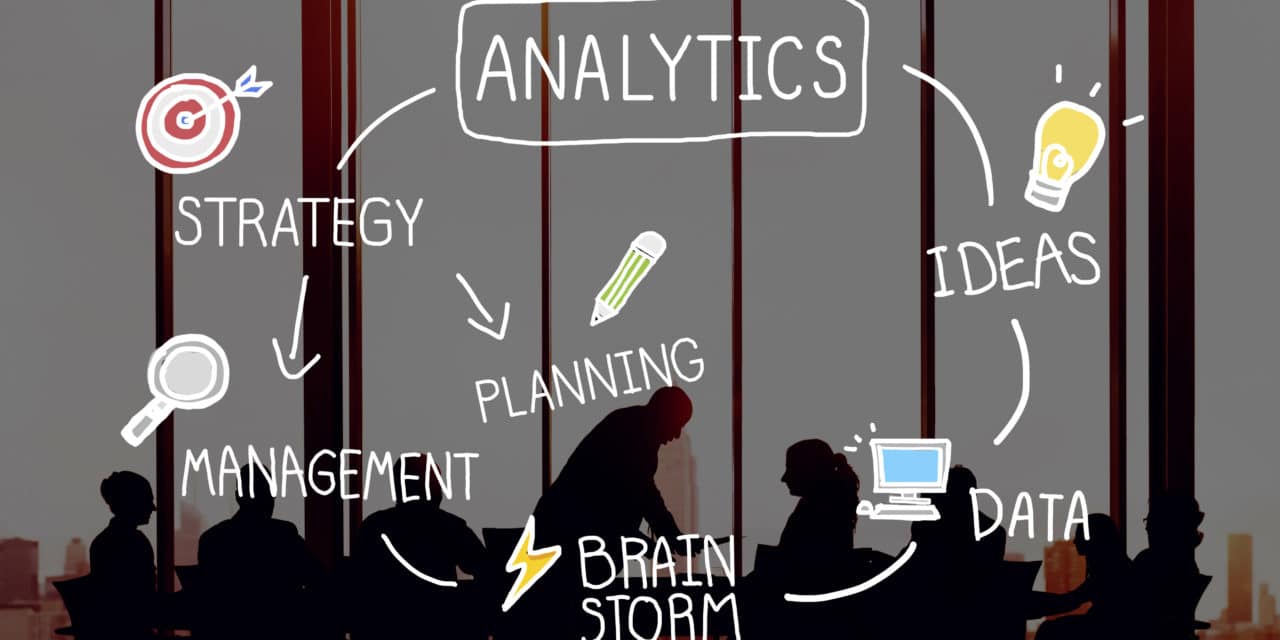How much does your enterprise spend on procurement each quarter or each year? Are these figures readily accessible? Have they been studied, and insights gleaned from them?
You see, every organization is looking for the best way to minimize spend while keeping operational efficiency optimum. This cannot be done if you don’t know how much you’re spending. As management guru Peter Drucker once said, “You cannot improve what you don’t measure.” Fortunately, you don’t have to wander about in the dark. Enter procurement spend analytics, a key process step in Strategic Sourcing and Spend Management.
What is Procurement Spend Analytics?
Procurement spend analytics, oftentimes referred to as procurement spend analysis, is the process involving the collection, cleansing, classifying, and analysis of spending data. The sole objective of spend analytics is mitigating procurement expenditure while improving efficiency in your procurement function.
Benefits of Procurement Spend Analytics
What are some of the associated benefits of spend analytics? Why should you be interested in procurement spend analysis?
Clearer Spend Data Visibility
Firstly, it provides greater spend visibility across your organizations spending patterns. Once data is processed, management can make better data-driven decisions that have a significant bearing on the entire organization. The procurement analytics process can be used for managing direct and indirect spend.
Promotes Accountability
Procurement spend analysis reduces extravagant and misguided spending. It can also assist in protecting your firm against invoice fraud by encouraging accountability across all business units, thereby improving your entire Procure to Pay process.
Helps in Saving Money
Spend analysis allows procurement teams to perceive areas where there is opportunity for cost savings. This can be through fewer deliveries with larger orders, replacing underperforming suppliers, and leveraging promotions and discounts with long-term vendors.
Identify and Replace Poor Performing Suppliers
Spend analytics reveal how your vendors are faring for improved supplier management. It provides you with the opportunity to review quality alongside performance, improving your overall supply chain and reduce costs. A vendor who was great at the beginning of your contract might not be the best two years down the line.
Allows You to Build Deeper Relationships with Vendors
Spend analysis goes deeper than just facilitating cost reduction. Procurement teams can use it to gain actionable insights to create long term value with reliable suppliers.
The 5-Step Plan to Developing an Effective Procurement Spend Analytics Process
Developing a procurement spend analytics plan is easy. In fact, it can be accomplished in five steps.
Step 1: Select a Spend Analysis Platform
The very first step in this entire process centers around the spend analysis software you are going to use. Today’s procurement teams can make use of procurement technology to streamline operations. One of the foremost procurement spend analytics software on the market is ProcurePort’s SpendPilot. The automated robust software makes it possible to clean, categorize, and run your organizational analytics in one centralized platform.
Step 2: Collect Your Procurement Spend Data
The business of collecting spend data is a laborious and time-consuming one. However, it is paramount to the success of the entire process. Therefore, it must be done with great care and accuracy.
The procurement team compiles a list of vendors and amounts spent per supplier in one spreadsheet using a combination of accounts payable and purchase order data. It is preferable to have records stretching over four or five quarters. Once this initial document has been completed, the next step – cleansing the data – may be undertaken.
Step 3: Cleansing the Collected Data
It often happens that information is duplicated during the data collection and data entry stages. This can lead to disproportionate figures and incorrect analysis of information. Hence the need to clean up the data before it is analyzed. A duplication check will assist in removing any vendors that have been added twice (or more under various names).
Step 4: Classification and Categorization
Once your data has been cleaned it’s time to structure it properly. This is done through the classification and categorization step. Classification is an excellent way to keep things orderly. In this way, you can clearly see who the vendors are for various requirements.
If there is a need to replace them, it’s easier to know that you’re simply looking for a new office supplies vendor or a new supplier for IT support and maintenance services. We have written extensively before about classification if you would like to see such a spend analysis example.
Step 5: Data Analysis
This step is by far the most insightful of all in the procurement spend analytics process. Why? Because it allows you to identify the areas in which you can improve your enterprise’s spend in real time. You have clear access to discern how money was spent, which vendors are most reliable and worthy of your business.
Knowing that this big data is unique for your firm gives you a competitive advantage. The more thorough you are with each of these steps, the better the odds are that you can significantly mitigate spend, reduce waste, and channel resources appropriately so you can grow the bottom line.
Get Started by Investing in Robust Procurement Spend Analytics Software
Sourcing and procurement teams now have access to an array of software to help them mitigate organizational spending, improve efficiency within their procurement processes, and vendor management. ProcurePort proudly provides a suite of e-sourcing solutions that make handling vendor relationships easier from RFX templates, spend analysis tools such as SpendPilot, contract management software to reverse auction systems. Contact us to discuss customized procurement solutions for your business.










